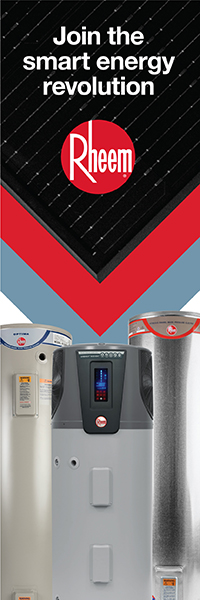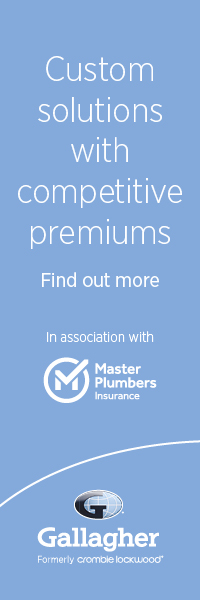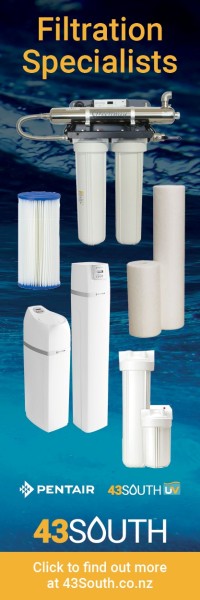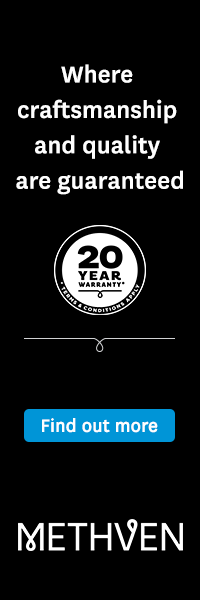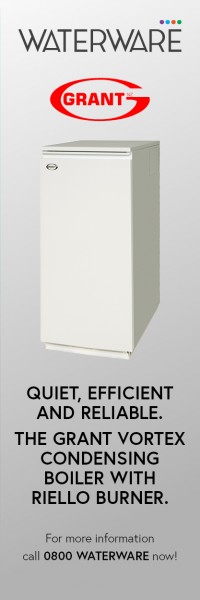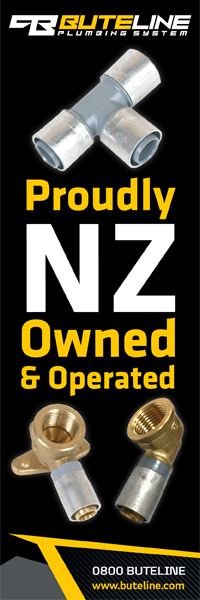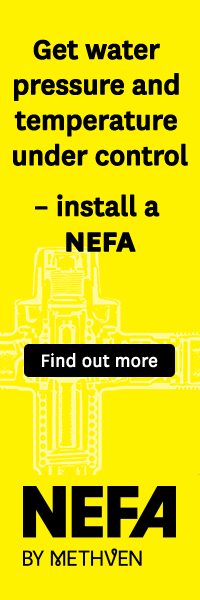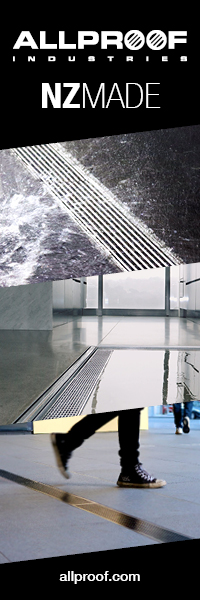Water Quality
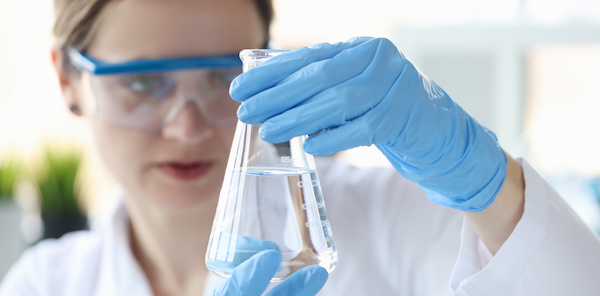
What's in Our Water?
Our country has profited from its clean, green image, but water quality in New Zealand leaves a lot to be desired. Recent events, such as the 2021 lead leaching spike in the East Otago towns of Waikouaiti and Karitane, have highlighted the significance of knowing what is in our water and regulating the products that deliver it to us.
Whilst updates to the Building Code will provide much safer plumbing products in the future, it is imperative that the maximum acceptable value (MAV) for lead in the drinking water supply itself is reduced immediately.

The reason for setting MAVs for contaminants in drinking water is to protect public health. It is not about whether drinking water suppliers can meet the drinking-water standards or the associated costs. It is about setting a maximum value for a contaminant in drinking water so that it can be safely consumed over a lifetime.
New Zealand’s current MAV for lead is 0.01mg/L. Reducing the MAV to 0.005mg/L or less would align New Zealand with countries like Canada, Australia and the EU. It would send a clear message to the public, to drinking water suppliers and to manufacturers of pipes and tapware, that the Government considers the health of New Zealanders to be paramount, and that all necessary steps to reduce lead in drinking water have been implemented.
Legionella Management
A 2019 Otago University study report has revealed New Zealand to have the world’s highest number of reported cases of Legionnaires’ disease. Legionella bacteria in plumbing infrastructure in buildings pose a serious risk to public health.
Mandatory Legionella testing and management of plumbing systems is a matter of urgency in light of the new data, which showed that 22 percent of reported cases of Legionnaires’ disease were caused by water borne strains of Legionella bacteria. Any regime must include regular water testing and maintenance programmes.
Reporting Requirements
Taumata Arowai, the new water services regulator for New Zealand, is responsible for determining and enforcing the drinking-water standards across the country’s regional councils. The regulator sets the MAVs for specific chemicals, including lead. Councils are at liberty to decide the exact water chemistry of their supplies, provided it doesn’t breach MAVs.
There are few, if any, requirements for local councils to provide reporting on chemical dosing levels. Councils are only expected to provide water quality reports should their supplies exceed MAVs at any point, and these reports are not readily available to the public.
Water quality is a matter of public importance and greater transparency is crucial to the reporting and availability of information contained in these reports.
|

 Our Action Plan
Our Action Plan
